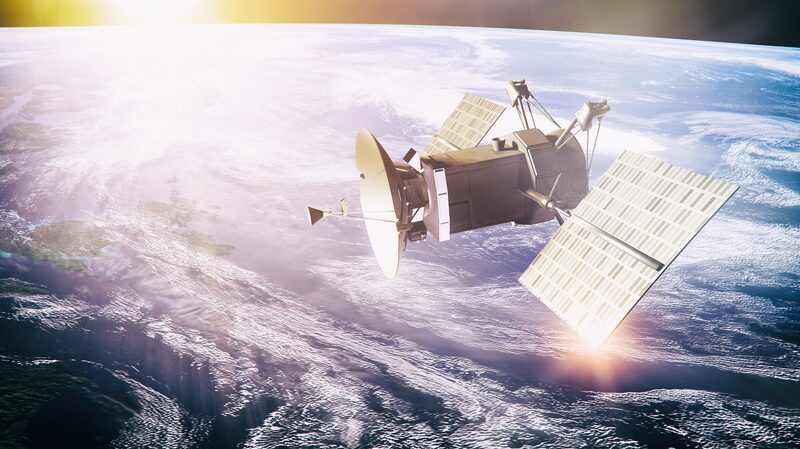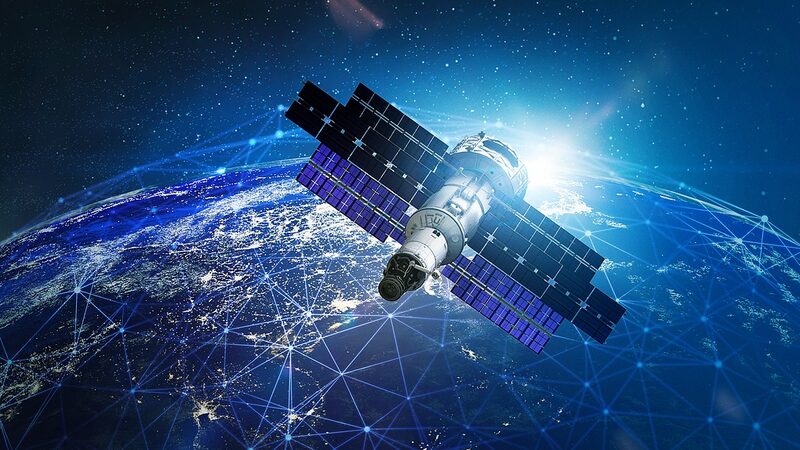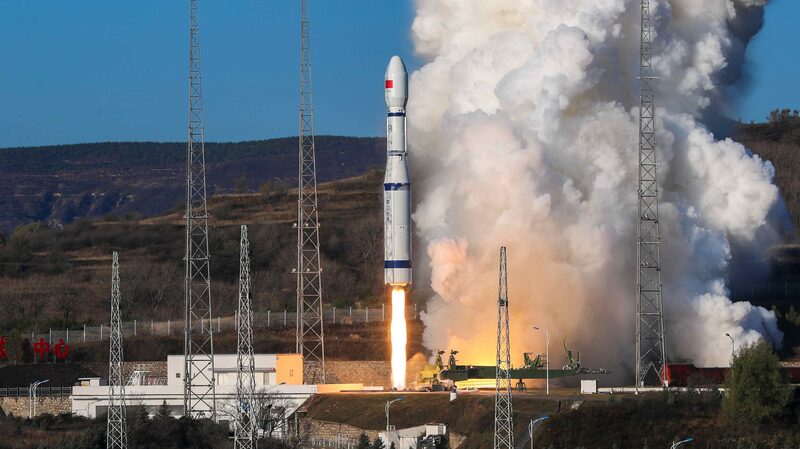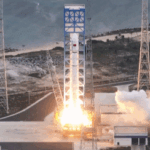The same emissions warming Earth’s surface might be disrupting our cosmic backyard 🚀. A new study from MIT and the University of Birmingham reveals that greenhouse gases like CO₂ are cooling and shrinking the upper atmosphere, creating a hidden problem for satellites in low Earth orbit (LEO).
Here’s the twist: While reduced atmospheric drag sounds like good news for satellite fuel efficiency 💨, it’s actually a ticking time bomb. Fewer air molecules mean retired satellites and space debris won’t burn up as quickly, cluttering LEO like a celestial traffic jam 🌌. This could limit how many new satellites we can safely launch in the future.
Researchers warn this domino effect—fueled by climate change—could impact everything from GPS networks to climate monitoring systems 🌦️. Imagine losing your ride-share app’s navigation or wildfire-tracking satellites becoming less reliable!
"This is climate science meets sci-fi," said one analyst. The study urges space agencies and tech giants to rethink satellite design and debris cleanup strategies 🤖. After all, if TikTok livestreams and global weather forecasts depend on space tech, we can’t afford to ignore this orbital plot twist.
Reference(s):
Greenhouse gases weakening LEO's satellite carrying capacity
cgtn.com







